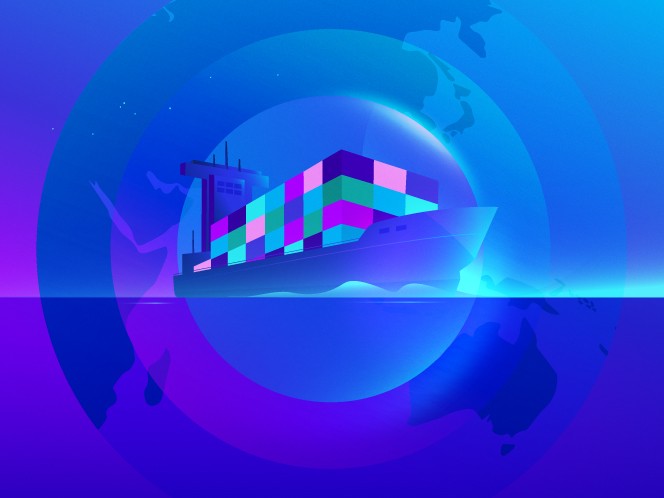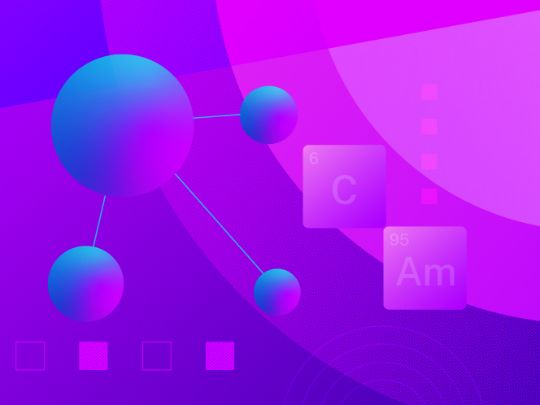Featured content
Your Life Is Manufactured
Rebecca and Joe talk to Dr Tim Minshall, head of the Institute for Manufacturing at the University of Cambridge, about his new book, Your Life Is Manufactured. They discuss why “supply chain” is a misnomer, how SMEs can begin their digitalization journey, a useful prism through which to think about reshoring—and a whole lot more.







